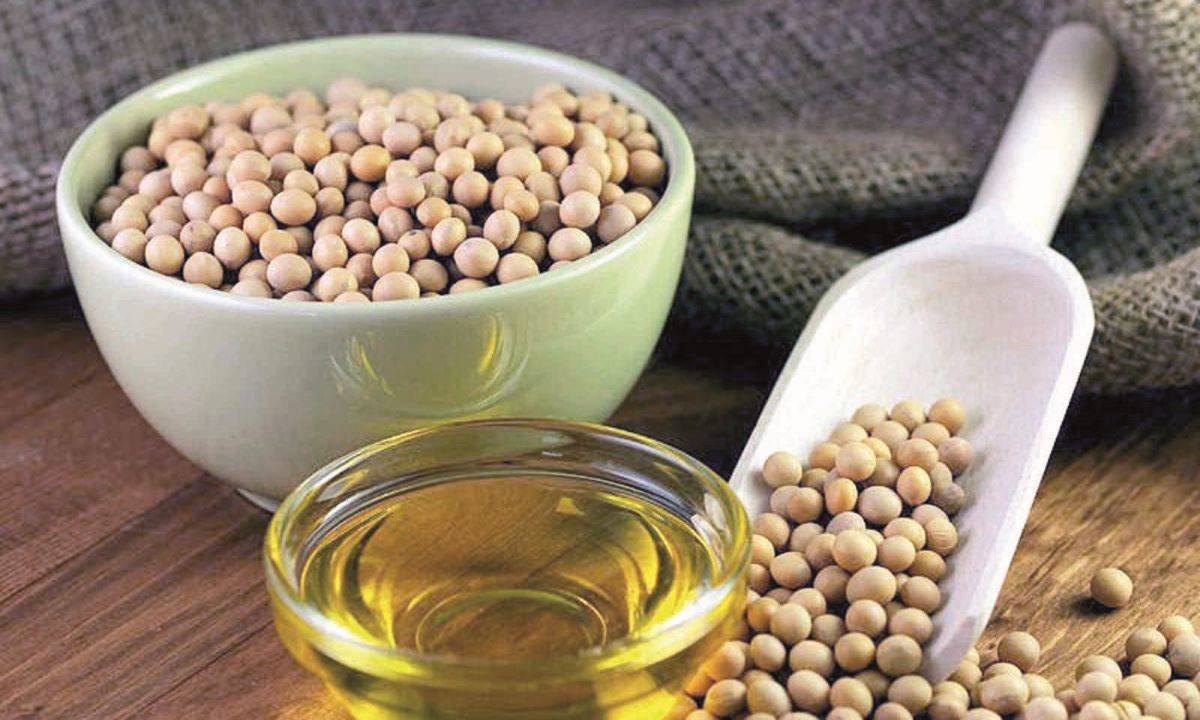
Oilmeals are the residue left over after extracting oil from oilseeds, and they are commonly used as livestock feed. Total exports were 2.82 million tonnes in December.
According to data, India's oilmeal exports were 472,438 tonnes in January, up 167 percent from 176,967 tonnes in the same month last year. It is worth noting that rapeseed meal exports have reached a new high of 1.91 million tonnes, breaking the previous high set in 2011-12.
Furthermore, higher rapeseed (mustard) oil prices and rapeseed meal exports not only supported the domestic price of mustard seed, but also encouraged greater mustard crop sowing area during the current rabi season.
Rabi crops are typically planted in October and November, with harvesting occurring between January and March, depending on the maturity of the commodity. One of the most important rabi crops is mustard.
The agriculture ministry forecasts mustard seed production for the current crop year (2022-23) at a record 12.81 million tonne (MT), up from 11.96 MT in the previous crop year.
Soyabean meal exports increased by 77% year on year to 0.55 MT in April-January 2022-23. According to officials, the drop in domestic soyabean prices to around '4,700/quintal from a high of '7,640/quintal in April 2022 encouraged greater crop crushing and better price parity.
Because of logistical proximity and smaller lot sizes, India's soyameal is primarily exported to South East Asian countries. "Indian soyabean meal has an advantage and is preferred by certain European countries and the US because it is non-GMO," according to a SEA.
















